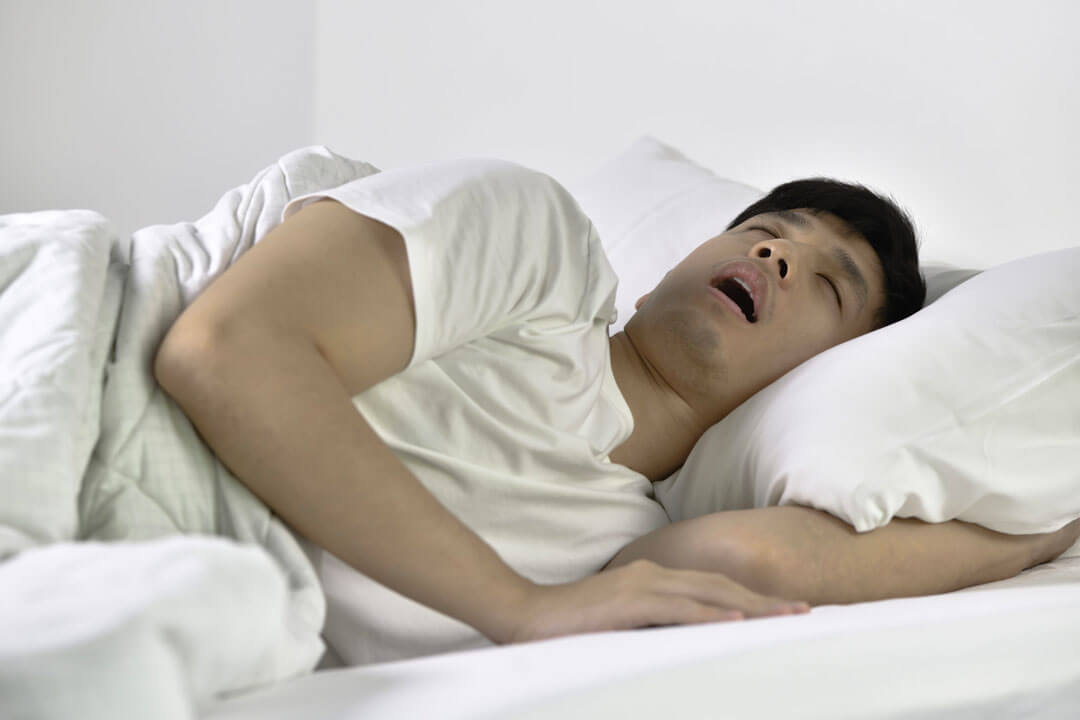Silent Suffocation: Understanding and Managing Sleep Apnea
Sleep apnea is a sleep disorder characterized by interruptions in breathing during sleep. These pauses in breathing, called apneas, can occur repeatedly throughout the night, disrupting sleep and leading to daytime fatigue, irritability, and other health problems.
Types of Sleep Apnea
Obstructive Sleep Apnea (OSA) This is the most common type of sleep apnea. It occurs when the muscles in the back of the throat relax during sleep, causing the airway to narrow or collapse.
Central Sleep Apnea (CSA) In CSA, the brain fails to send proper signals to the muscles that control breathing, leading to irregular breathing patterns.
Complex Sleep Apnea (CSA) This is a combination of both OSA and CSA, with central apneas occurring in conjunction with obstructive events.
Symptoms of Sleep Apnea
The symptoms of sleep apnea can vary depending on the severity of the condition. Common signs and symptoms include:
- Loud snoring
- Choking or gasping during sleep
- Excessive daytime sleepiness
- Morning headaches
- Dry mouth or sore throat upon waking
- Restless sleep
- Mood disturbances
- Difficulty concentrating
- High blood pressure
The Impact of Sleep Apnea
Untreated sleep apnea can have serious health consequences, including:
- Cardiovascular disease: Increased risk of heart attacks, strokes, and heart failure
- Metabolic disorders: Link to type 2 diabetes, obesity, and metabolic syndrome
- Cognitive impairment: Difficulty concentrating, memory problems, and increased risk of accidents
- Mood disorders: Depression and anxiety
- Reduced quality of life: Impact on relationships, work performance, and daily activities
Diagnosing Sleep Apnea
A sleep study, also known as polysomnography, is the gold standard for diagnosing sleep apnea. This involves monitoring your brain waves, heart rate, breathing, and blood oxygen levels during sleep. Home sleep apnea tests are also available in some cases.
Treatment Options for Sleep Apnea

Treatment for sleep apnea depends on the severity of the condition and the underlying cause. Common treatment options include:
- Continuous Positive Airway Pressure (CPAP): A CPAP machine delivers pressurized air through a mask, preventing the airway from collapsing during sleep.
- Oral Appliances: Custom-made mouthguards can help keep the airway open.
- Positional Therapy: Sleeping on your side can help reduce snoring and improve breathing.
- Surgery: In severe cases, surgery may be considered to remove or modify tissues that obstruct the airway.
- Lifestyle Modifications: Weight loss, avoiding alcohol and sedatives, and treating allergies can help manage sleep apnea.
Improving Sleep Quality and Managing Sleep Apnea
In addition to medical treatments, adopting healthy sleep habits can improve sleep quality and reduce the impact of sleep apnea:
- Maintain a regular sleep schedule.
- Create a sleep-conducive environment.
- Limit screen time before bed.
- Manage stress through relaxation techniques.
- Exercise regularly, but avoid intense workouts close to bedtime.
By understanding the signs and symptoms of sleep apnea and seeking appropriate care, you can improve your sleep quality, reduce daytime fatigue, and lower your risk of associated health problems.

